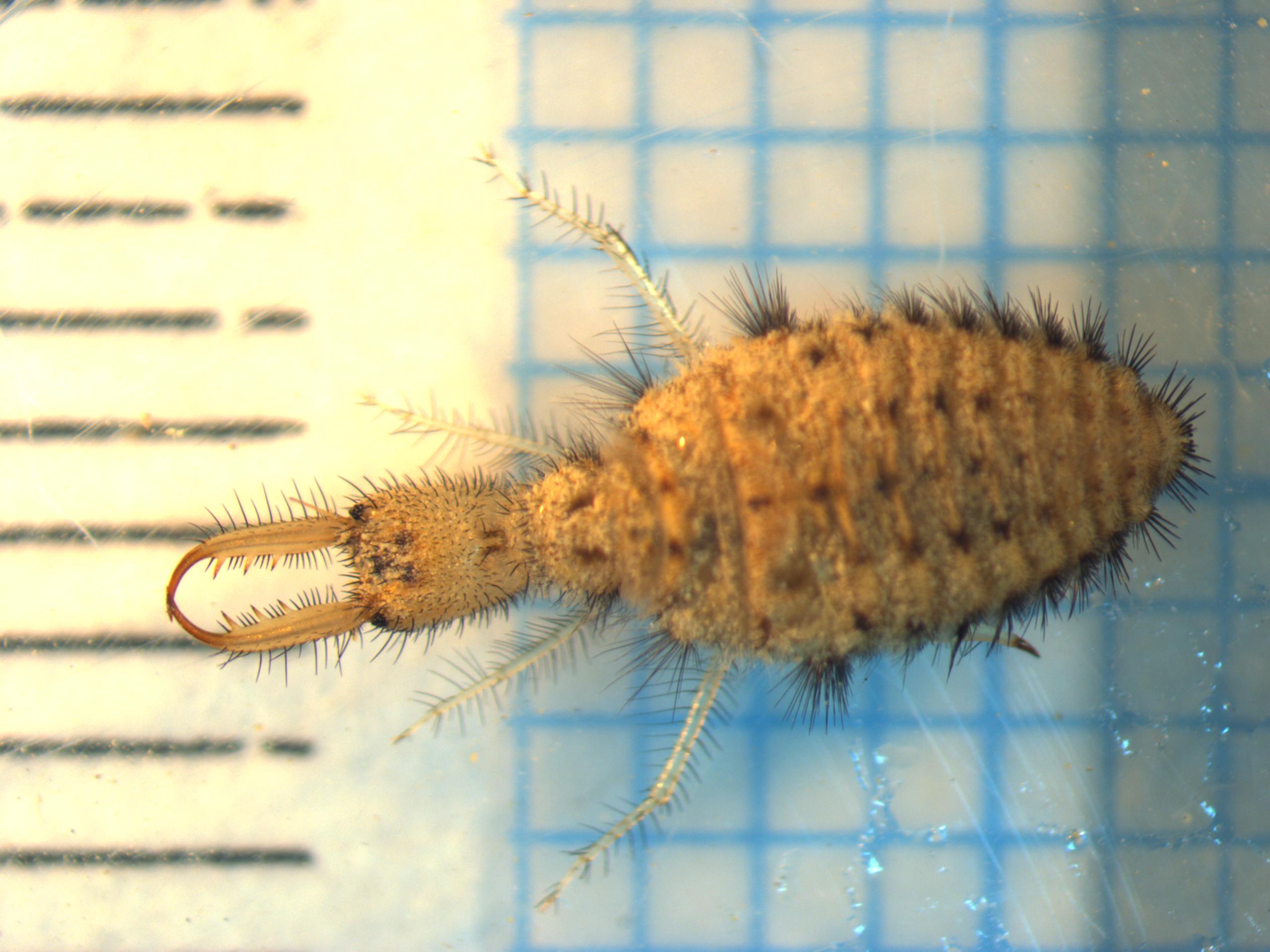Ofer Ovadia - Primary Investigator

Myrmeleon hyalinus larvae
Aziz Subach - Research Fellow
Vadim Khasdan - Manager of Genetic Laboratory
Inon Scharf - PhD Candidate
|
Ofer Ovadia - Primary Investigator |

Myrmeleon hyalinus larvae |
|
|
Aziz Subach - Research Fellow |
||
|
Vadim Khasdan - Manager of Genetic Laboratory |
||
|
Inon Scharf - PhD Candidate |
||
|
|
||
|
How different organizational levels interact to influence population dynamics remains a key research challenge in ecology. Addressing this question requires blending two complementary yet largely independent disciplines: evolutionary ecology and population ecology. Our research combines approaches in these two disciplines to investigate the causes (genetic vs. phenotypic) of variation in morphological and life history traits among individuals in a population and to evaluate the consequent effects of such variation on their population demography. It involves a model system comprising of two antlion species, Lopezus fedtschenkoi (McLachlan 1875) and Myrmeleon hyalinus (Olivier 1811). The two species co-occur over a wide range of sandy areas in the western Negev Desert and the south Coastal Plain of Israel. Our
goals are to discern: Currently,
we are conducting a phylogeographic analysis of antlion populations along
transects in the sandy areas of the western This
research represents a new way of evaluating links between patterns
observed at the individual-level and processes operating at the
population-level. Furthermore, it addresses a timely topic that can
influence our understanding of whether or not trait variation is necessary
to make precise and accurate predictions about the distribution, abundance
and dynamics of a species. |
||
|
Collecting Myrmeleon hyalinus larvae |
|
|
|
Israel Science Foundation, $156,000. 4 years. |
|
Related information and collaborating labs |
Scharf, I. and & Ovadia, O. 2005. Factors influencing site abandonment and site selection in a sit-and-wait predator: A review of pit-building antlion larvae. Journal of Insect Behavior 19:197-218 [pdf]
Scharf, I., Filin, I., Ben-Yehoshua, D. and Ovadia, O. 2009. Phenotypic plasticity and variation in morphological and life history traits of antlion adults. Zoology 112:139-150 [pdf]
Scharf, I., Filin, I.,
Subach, A. and Ovadia, O. 2009. A comparison between two desert populations
of a sit-and-pursue antlion: differences in morphology and life-history.
Naturwissenschaften (Accepted)